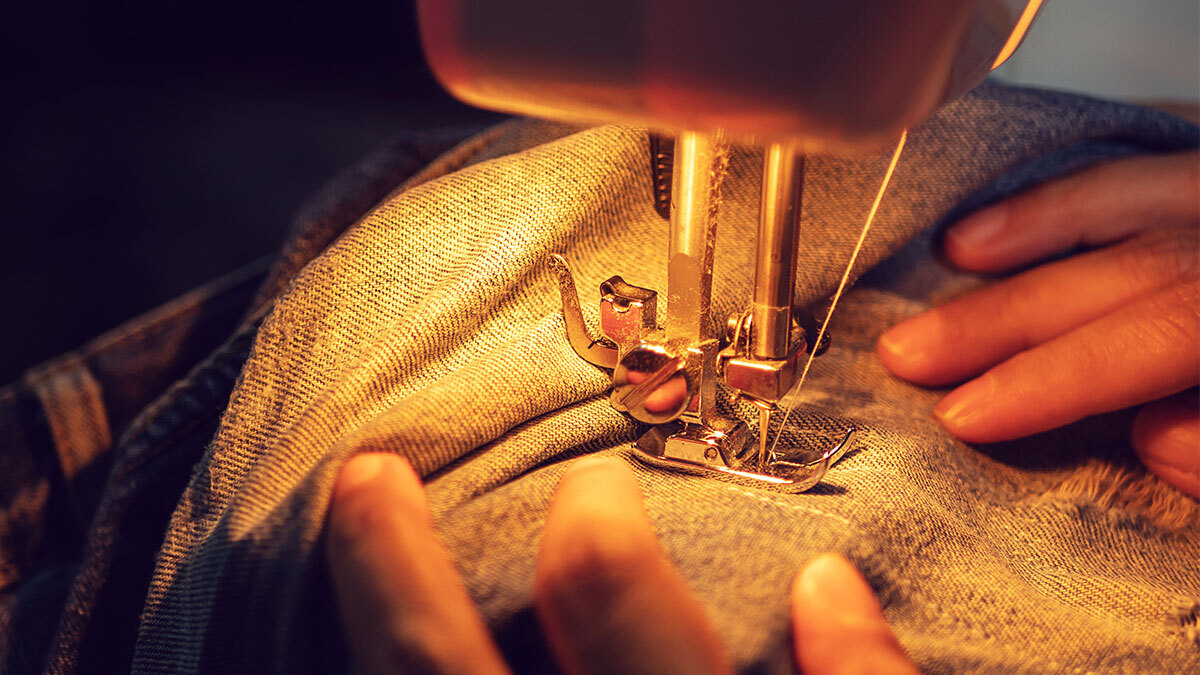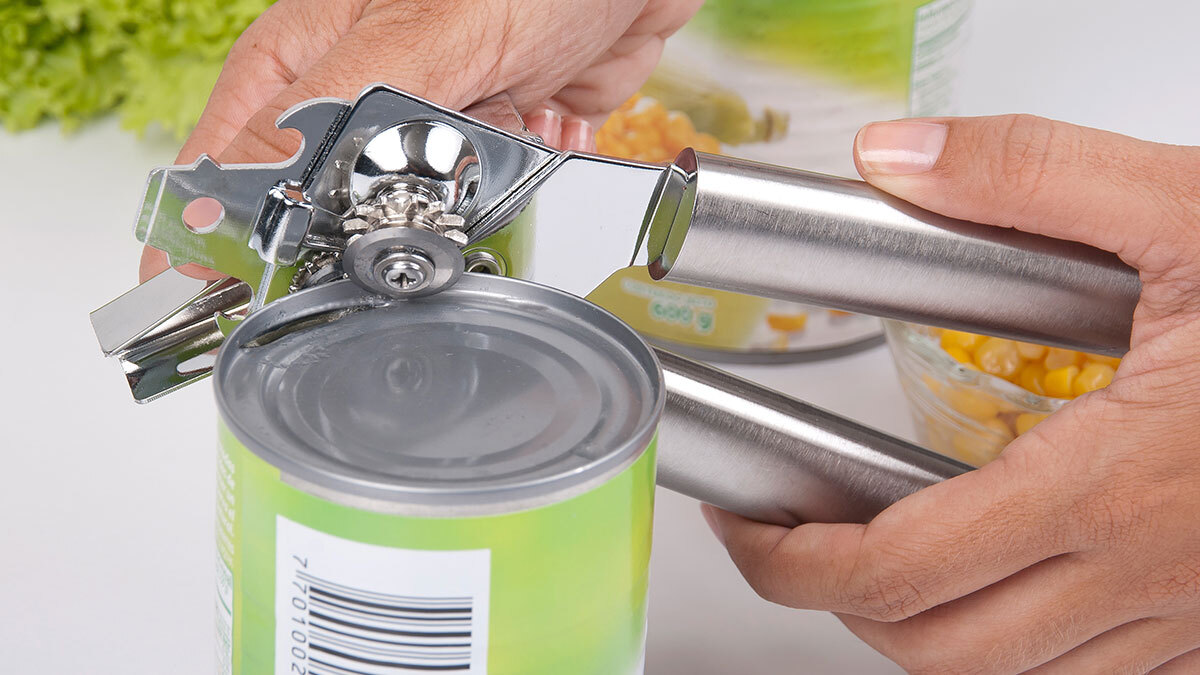on
In 2013, the Vatican enlisted workmen to make a Faraday cage around the Sistine Chapel to prevent a leak about who was elected as the new pope.
The Faraday cage prevented electronic signals from escaping the building or the areas surrounding them.
Interference Technology reports, “The Synod Hall, where the pre-conclave meetings took place, was also shielded to prevent the use of cell phones and other communication devices.”
This is one famous example where people have chosen to make a Faraday cage to protect sensitive information.
In a different example, a bar owner in the UK got fed up with people coming to the pub to just stare at their phones.
So, the owner turned the entire bar into a protective cage.
NPR explains, “Tyler wanted to bring back the conversation, and he did by turning his bar into a Faraday cage — a 19th-century invention that reflects electromagnetic fields and conducts currents around, rather than inside, an enclosure. He installed copper wire mesh in the bar’s ceiling and tin foil on the walls, effectively blocking cell phone signals from getting into the establishment.”
While these are two prominent examples, there are many reasons why everyone needs to know how to make a Faraday cage and use one.
What Is a Faraday Cage?
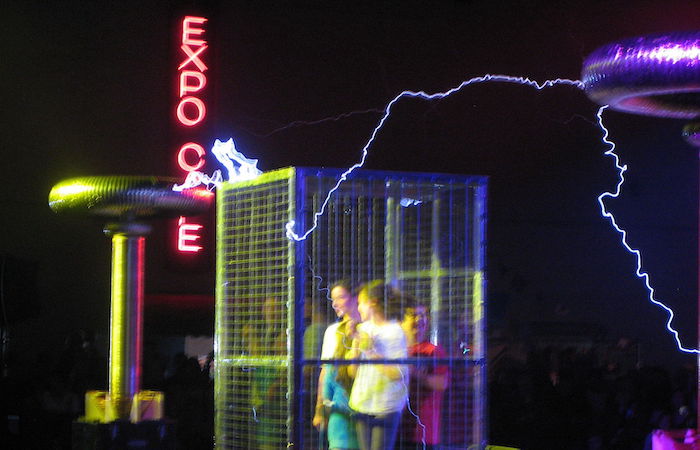
A Faraday cage (Faraday shield, radio frequency cage, or EMF cage) is any conductive structure that protects its contents from electrical pulses.
Live Science explains, “It works on the principle that when an electromagnetic field hits something that can conduct electricity, the charges remain on the exterior of the conductor rather than traveling inside. In more practical terms, that means that a cage constructed of a material that can conduct electricity will prevent certain electromagnetic radiation from passing through.”
The Faraday cage was invented in 1836 by British scientist Michael Faraday. Since it was invented, it has been used for everything from scientific experiments to spy prevention.
Examples of Faraday Cages in Everyday Life
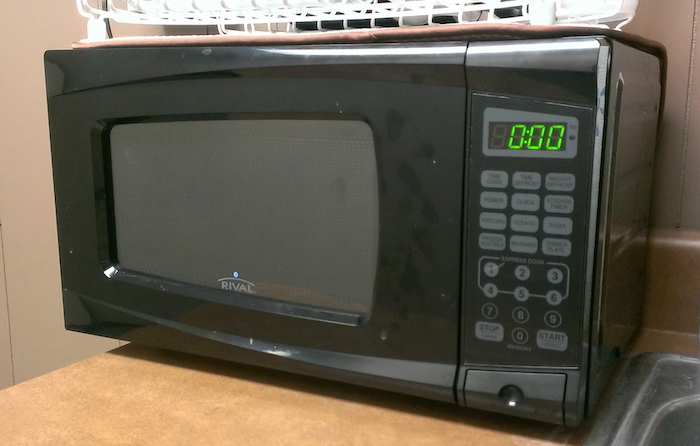
While the term may be new to you, what it does should not be new to you. Consider the following examples of Faraday cages in everyday life.
- Microwaves: Microwaves operate as a Faraday cage in reverse, keeping waves inside the microwave, so they don’t come out.
- MRI Machines: Faraday cages are used daily in hospitals, specifically MRI machines. The Faraday cage prevents radio frequency signals from interfering with the equipment and data.
- Thieves: Cops have reported thieves will line bags with aluminum foil, which interferes with the anti-theft RFID tags affixed to products in retail stores, allowing them to escape without alarms.
- Power Utility Workers: The protective clothing linemen wear operates like a Faraday cage and protects them from accidental electrocution.
- Political Discussions: Top secret political or military discussions are typically held in Faraday cage-protected rooms.
Why Do I Need to Make a Faraday Cage?
As shown, there are many everyday uses for Faraday cages. However, Faraday cages will prove especially useful if SHTF.
Here are a few things to consider.
- EMP Attack: The threat posed by electromagnetic pulses (EMPs) is becoming more real. A Faraday cage can protect your important devices from the fallout of EMP.
- Privacy: It’s no secret that privacy is becoming increasingly rare. If you are concerned about Big Brother (or anyone for that matter) listening or watching you, make a Faraday cage.
- Prevent Cell Phone Tracking: If you want to go off-grid and stay off the radar, you will need to utilize one. This is because all modern cell phones have GPS.
- Protect against RFID Skimming: The credit cards you carry likely have RFID security chips that criminals can scan. With a Faraday cage, you can stop thieves from stealing your information.
[Related Read: Preparing for an EMP]
What Should I Put inside a Faraday Cage?
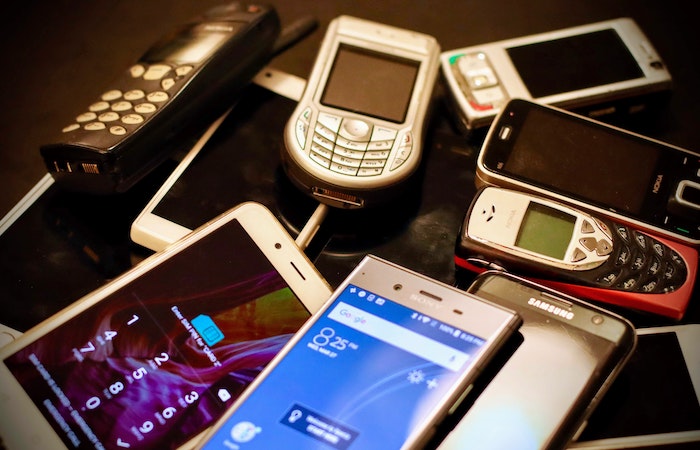
Some people use a cage just for their cell phones, so much so that there are Faraday cell phone bags you can purchase.
However, it isn’t only your phone that needs protection from electrical pulses. Here are some other devices you should put inside a the cage.
- Communication Devices
- Tablets
- Cameras
- Solar Chargers
- Laptops
- Battery Operated Radios
- Solar Panels
- Generators
How to Make a Faraday Cage
A lot of the scientific terminology used in explaining how a Faraday cage works can be intimidating.
The good news is that it is very easy to make a one.
Below are a few different ways to make a cages of all different sizes. If you don’t want to go to the hardware store or spend time DIYing, you can also buy pre-made Faraday bags or boxes.
Basic Faraday Cage
When you start to make a Faraday cage, keep your goal in mind: to protect your electronics from electrical signals passing through. It simply makes the electrical pulses go around the cage instead of into the devices.
You can build a simple one using only a cardboard box, heavy-duty aluminum foil, towels, and tape.
Here’s how:
- Gather the electronics you want to store in it.
- Place a towel in the bottom of the cardboard box.
- Place electronics inside the cardboard box on top of the towel.
- Close the box.
- Wrap the box completely in at least two layers of heavy-duty aluminum foil.
- Tape the box closed.
It is also wise to add a desiccant packet to the box before sealing it to prevent moisture.
Family-Friendly Faraday Cage
Backyard Brains is a source for teaching the study of neuroscience to young people. Using simple steps and clear explanations, they provide steps to make a Faraday cage that is simple enough for even kids to build on their own.
Instructions from Backyard Brains:
- Measure out an 8 x 16 inch rectangle of screen metal mesh
- Cut out the rectangle with heavy-duty scissors
- Measure and cut five 8-inch lengths of wood strips
- Carefully unroll metal mesh rectangle so that it lays flat
- Begin stapling metal mesh through wood strips
- Staple the first strip at the end of the mesh.
- Staple the second strip 5.5 inches away from the first strip, again length-wise on mesh
- Staple the third strip 2.5 inches away from the second strip
- Staple the fourth strip 5.5 inches away from the third strip
- Staple fifth strip at the far end of the mesh
- The wood strips are braces, so after stapling them into place, fold the mesh at each strip to form a rectangular box
You can also watch Backyard Brains make a Faraday cage on YouTube.
Cell Phone-Sized Faraday Cage
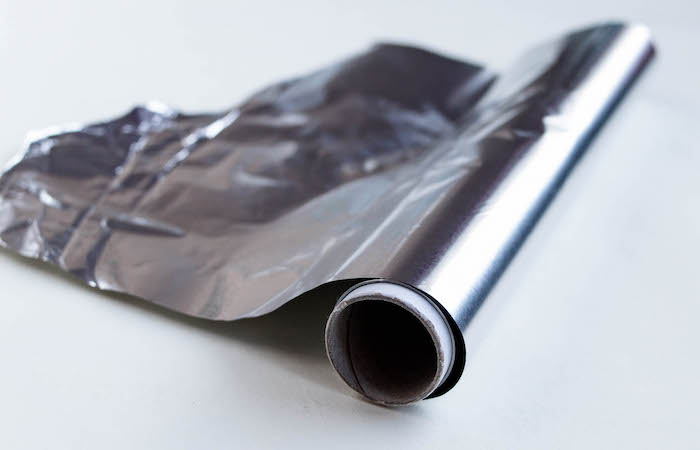
You can make a Faraday cage for your cell phone with just a few household items (aluminum foil, scissors, paper, and tape).
Here are the instructions from Instructables:
- Gather supplies.
- Take a thick piece of paper and make a pouch of it. Now you need to tape and fix that shape.
- Measure your phone’s width, height, and depth (+ case, if you have one).
- Add 1″ to your phone width measurement and 2″ to your phone height measurement.
- Leave an inch or two above the phone so that the top can be folded over like an envelope.
- Make a pouch of aluminum foil bigger than the first paper pouch.
- Make one more paper pouch a bit bigger than both of them.
- Gather all the pouches.
- Put the paper pouch in the foil pouch.
- Then, put the foil pouch in the other paper pouch.
- Add a flap of paper fitted with foil between two layers and attach it.
- Use some means (safety pin, etc.) to hold down the top flap.
Large Sized Faraday Cage
Some people want to build a much larger cage, possibly room-sized. This is possible, and it isn’t as difficult or expensive as you may expect.
Essentially, all you need to do is completely cover the inside of a room with several layers of heavy-duty aluminum foil.
Make sure to overlap all the seams with aluminum foil and tape them closed and any other openings, such as outlets and light switches.
After you have covered the entirety of the room with layers of aluminum foil, place plywood over the top of the foil.
Now, you can store large electronics and emergency tools, such as solar panels and generators.
Get access to premium content and more!
10 Uses for Empty Pill Bottles
15 Ways to Flood Proof Your Property





